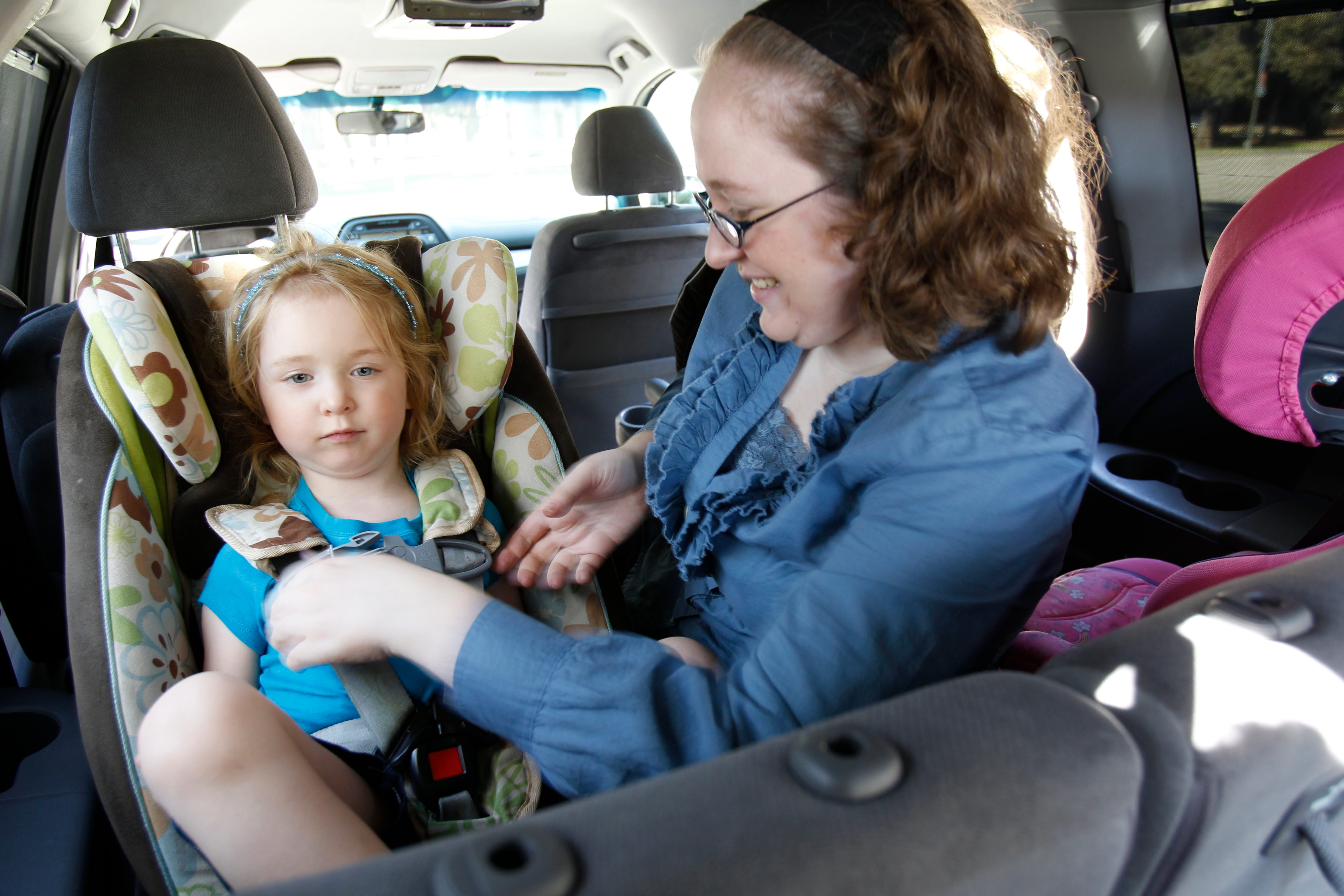
Fewer U.S. children are dying in car crashes, with death rates falling by 43 percent from 2002 to 2011, the U.S. Centers for Disease Control and Prevention said on Tuesday.
But one in three of the children who died in a car crash in 2011 was not using a seat belt or child safety seat, suggesting many more deaths could be prevented, the CDC said. The results were based on a study in the Morbidity and Mortality report, the agency’s weekly report on death and disease.
According to the report, more than 9,000 children age 12 and younger died in a car crash from 2002 to 2011.
“The good news is motor vehicle deaths decreased by 43 percent over the past decade for children age 12 and younger. The tragic news is still with that decrease, more than 9,000 kids were killed on the road in this period,” CDC Director Thomas Frieden told reporters in a telephone news conference.
“Thousands of children are at risk on the road because they are not buckled up,” he said.
The study found that of the children who died between 2009 to 2010, a much higher proportion of black and Hispanic children were not buckled, compared with white kids.
“The difference was nearly half (45 percent for blacks and 46 percent for Hispanics) versus a quarter (26 percent) for white kids,” Frieden said.
The study did not investigate why racial differences played such a big role in seat belt use, but it did suggest socio-economic factors may play a role.
For the study, CDC researchers analyzed data collected by the National Highway Traffic Safety Administration to find the number of deaths among occupants in cars from 2002 to 2011 for all children aged up to the age of 12.
Overall, 9,182 children died in car crashes during the period. But deaths dropped sharply, from 2.2 deaths per 100,000 people in 2002, to 1.2 deaths per 100,000 in 2011, a 43 percent decline.
According to the report, seat belt use increased from 88 percent in 2002 to 91 percent in 2011 among all children age 7 and under. The study also confirmed earlier findings that older children are less likely to be wearing seat belts than younger children.
To prevent future deaths from car crashes, Frieden said parents should make sure their children use appropriate-sized car seats, booster seats and seat belts on every trip.
The CDC recommends that children from birth to age 2 should be in a rear-facing car seat.
Starting at age 2, children should be in a forward-facing car seat until at least age 5, or when they reach the upper weight or height limit of that seat.
Children age 5 and older should use a booster seat until the adult seat belt fits them properly, generally when the lap belt lays across the upper thighs and the shoulder belt slays across the chest, but not the neck.
More information on proper use of child safety seats can be found at www.safekids.org or other websites.
Source: Reuters


